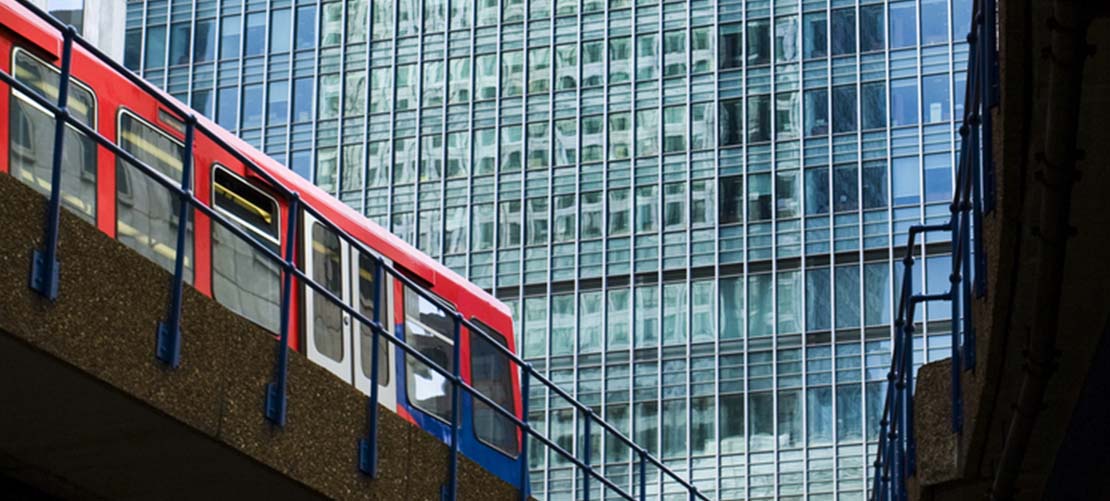Williams Rail Review update 5 - who wants what? A summary of key themes

This is the fifth in our series of updates on the Williams Review of the rail industry. With the call for evidence closing at the end of this week (11:45pm on Friday 31 May 2019) now is the time to share your thoughts with the Review.
In this update, we take a slightly different approach and consider some of the recurring themes emerging from the submissions to the Review, including:
We hope you have found this series of updates on the Review enjoyable and interesting.
Passengers
We have heard time and time again that passengers’ interests ought to be placed “at the heart” of the railway, and one of the Review’s stated aims is to make recommendations for a “customer-focused sustainable railway”. In his call for evidence, Keith Williams identified higher passenger satisfaction as an objective, together with greater public confidence through improved experience and value for money.
It remains to be seen what this could mean in practice, although many good ideas have emerged about what the industry should be aspiring to do. It is clear from research commissioned by the Review that, despite the efforts of many within the industry, passenger perceptions of the railway are far from stellar at present. The research found that passengers perceive the industry as not being able – or wanting – to run a quality rail service.
As you might expect, industry body the Rail Delivery Group (RDG) has been active in submitting its proposals for the railway of the future. Its number one proposal for change was to “deliver easier fares for all”, and the RDG has recommended a complete overhaul of the Ticketing and Settlement Agreement which underpins the current – complex – system. Fare reform may well be an area of focus for Williams, whilst ensuring overall that the system remains fair for fare payers and taxpayers alike (not forgetting that these are often the same people).
Current and future needs
In addition, RDG has advocated customer-focussed “public service contracts” and choice for the passenger with multiple competing operators on some long distance routes. These need to drive better value for money, so that customers start to regain trust in the industry and what it is trying to deliver. Of course, independent passenger watchdog London TravelWatch has reminded us that there is also a need to appeal to those who do not currently use the railway and may be attracted to it in future.
Solving current issues is just one part of the Review. It is recognised that the railway needs to evolve – and a timely reminder of this is seen in a new evidence paper entitled “Rail in the future transport system”, which identifies the changing context in which the railway sector is expected to operate in the coming decades. The paper highlights that the railway will need to adapt to the changing needs of passengers, offering new services and flexible ticketing to accommodate new working patterns and social expectations. Integration of digital rail data is also identified as an important factor in ensuring the railway’s place within future mobility services, with some passengers likely to have readily available complementary transport options, including self-driving ride-hailing services.
Click here to read the evidence paper “Rail in the future transport system”.
Devolution
Proposals for decision-making to be devolved from the Department for Transport (DfT) to local authorities is another recurring message. Perhaps unsurprisingly, some of the boldest proposals to this end came from local authorities themselves, including the West Yorkshire Combined Authority and Transport for London (TfL), while the RDG lent its support to the principle of “bringing decisions about local services closer to home.”
TfL’s submission advocated for “metroisation” in the South East, suggesting that “at a minimum” responsibility for procuring local stopping services in and around London should be devolved from the DfT to TfL. Such services would be operated akin to the London Overground, adopting the concession model under which TfL takes revenue risk, specifies services, takes responsibility for customer information, and actively manages the concession operator’s performance.
Even more radically, the TfL submission also proposed that control of certain track and stations ought to be devolved from Network Rail (NR) to local authorities, to ensure that asset management is locally and democratically accountable, and to allow investment to be prioritised “where it is most needed.”
These changes would represent a significant departure from the current franchise model – but we have seen that Williams is up for radical reform. Devolving control of track would also mean a major shake-up of current arrangements, under which NR owns and manages most of the railway track in the country. Anything is possible – whilst careful consideration needs to be given to the complex issues involved, it is an achievable aspiration.
Competition
Whilst some submissions suggest that operators ought not to be exposed to fare revenue risk in relation to commuter services, other submissions suggest that the opposite is the case for long-distance services. Virgin Trains in particular made a splash with its call for airline-style services operated by multiple train operators on the same route, with auctions for “slots” which would be held by operators in perpetuity. This would mean competition within the market, rather than for the market, which is the case under the current franchising regime.
In Virgin’s view (and with some support from the RDG in its later submission), encouraging competition between train operators on long-distance routes would be a good outcome for passengers. With perpetual slots that could be bought and sold (as is the case with airport landing slots), operators would be able to take a long-term view when investing in services.
One aspect of the Virgin submission met with particular resistance; their proposal to require advance reservations for every seat, and the elimination of “anytime” tickets. Anthony Smith from Transport Focus questioned whether passengers really want such a system, or would rather “just turn up and catch the next service.” Some flexibility is therefore likely to be required in an industry that needs to cater for different customer needs.
Coordination
Many of the submissions have pointed to the need for an independent “guiding mind” for coordinating the railway, ending the “blame game” which has led to passenger dissatisfaction and distrust. Some submissions – such as TfL’s – suggested that vertical integration of train and track is the solution to ensuring transparent accountability. This is the case in some European countries, with interesting practical and legal points to be addressed if this is to be the Review’s proposed solution. The RDG stopped short of TfL’s position, although it noted that track and train need to be ”working to the same customer-focussed goals,” which could occur through partnerships and alliancing.
The RDG’s view is that a new independent organising body ought to be in charge of the whole industry and we have seen recurring messages in the press, which echo this position. The view seems to be that there is real value in an expert who is independent of politicking having responsibilities for certain functions and decision-making. Whether those responsibilities purely relate to "industry parties" or extend to the ultimate users of the railway (passengers or freight customers) could be a matter for debate. There is perhaps merit in separating out regulation of the industry from functions relating to the end user, whose respective interests will not always be completely aligned.
Risk and reward
Some of the respondents to the Review’s call for evidence have also sought to tackle the fundamental question of risk and reward in the railway sector. Many in the industry clearly feel that the current franchise model requires the private sector to take on an unreasonable level of risk. We have previously pointed out that “[f]or a number of years now, the risks sought to be transferred to the private sector have continued to increase and the risk balance has tipped, whilst rewards remain relatively consistent (and have in some cases gone down).”
From the passenger perspective, Transport Focus pointed out in its submission that passengers typically pay both rail fares and taxes. There is little understanding of how fares are set, where taxes support the industry, and the accountabilities for public spending on the railways and so it is unclear to the average passenger whether they are “paying twice” for the same thing.
Perhaps the most difficult task for Keith Williams will be to formulate recommendations for a new model for delivering passenger railway services which strikes the right balance between private and public risk and ensuring decisions are taken closest to where their impact will be felt. Williams may ultimately recommend different models for different types of services, be they commuter, long-distance, or regional, as proposed by certain consultees.
It is fantastic to see the level of engagement and enthusiasm within the industry for reform, innovation and getting it right for users of the railway. However, as Keith Williams is no doubt aware, we cannot deliver all aspirations at once or try to deliver everything that everyone wants. Quite rightly, the need for trade-offs has already been identified by the Review. We very much look forward to reading Williams’ conclusions.
With just two days remaining for submissions to be made, we are now approaching our final stop. Will it really be “all change” for the railway?
Links to our previous updates are below:


